Canada has long struggled with a severe housing shortage, and the government has announced plans to address it with a major influx of financing. However, at the current rate of home starts and with a limited number of skilled construction workers, it seemed impossible to meet this Herculean challenge.
However, the latest announcement from the Carney Liberal government promoting prefab homes as the way out of this crisis makes us wonder if Mr Carney read the recent Macleans magazine article featuring Ecohome entitled 'How To Fix Canada’s Housing Crisis'.
As long-time advocates for prefab construction, we were thrilled to hear this announcement. We're convinced prefab homes were always going to be the way of the future, it was just a matter of when it took hold. And while the Canadian housing crisis combine with the new tariffs affecting construction are quite daunting, perhaps they will turn out to be the catalyst needed to kick-start the shift to better, affordable homes in Canada as well as the US.
Why Prefab Homes make more sense
Prefab houses, built in a manufacturing facility, are faster to complete, more cost-effective, produce less material waste, and offer higher quality. What’s not to love?
Compare that to the traditional construction process: a pile of lumber is dumped on a muddy building site, and workers frame a house, which is then left exposed to the elements for weeks or months. The result? A slower, less efficient build with higher risks of material degradation and delays.
Construction sites face weather delays, material waste, quality issues, and higher risks of worker injuries. Why shouldn’t a home be assembled in a factory, similar to how cars are made in auto plants - high-quality, pre-assembled components ready for swift assembly?
Imagine if buying a car meant parts were delivered to your yard, and you had to hire a technician to assemble it in your laneway in the rain. That makes no sense with cars, and if we were to fast forward 20 years, we think that inefficient business model of building houses like that will look equally as foolish.

What’s in the new Liberal housing plan?
It's important to note that we don’t align with any particular political party - whether red, blue, green, or orange. We support logical, sensible decisions. So, regardless of which party holds power, we hope this overdue plan remains in place.
Here’s a breakdown of what Build Canada Homes (BCH) plans to do:
-
Develop affordable housing at scale: BCH will act as the developer, making public lands available for large housing projects.
-
Provide $10 Billion in low-cost financing for builders: This will encourage builders to focus on what’s urgently needed - smaller homes and multi-unit buildings - rather than the typically more profitable larger homes for the more affluent. The goal here is to get more units completed and on the market faster.
-
Convert existing structures into housing: This will increase the number of available housing units quickly, improve urban density, and avoid the need for new infrastructure.
-
Eliminate the GST for first-time homebuyers on homes under $1 Million: We absolutely love this. It helps young couples and families become homeowners sooner, and the million-dollar cap will mean houses will be trimmed down in size to squeeze in under that mark. Let’s face it folks, our houses are pretty darn big for the space we actually need. For decades homes have continually gotten bigger while families have gotten smaller.
-
Double Canada’s residential home construction rate: The plan aims to build 500,000 new homes per year, and there’s simply no plausible way to achieve this without embracing prefab construction.
-
$25 Billion in debt financing and $1 Billion in equity financing for Canadian prefab builders: Echoing our own sentiments, the Liberal plan concludes that prefab and modular homes can reduce the build time by half, reduce costs by up to 20%, and emissions by up to 22%.
-
Standardized house plans to promote prefab home building. This is a concept Ecohome has promoted over the years so we are also happy to see that included.
Other key elements include:
- Cutting municipal development charges in half
- Reducing housing bureaucracy, zoning restrictions, and other red tape
- Financing will leverage Canadian technologies and resources like mass timber and softwood
- $2 billion investment in new student and seniors housing
- Speed up application approvals
- Cut development charges in half for multi-unit residential housing
A smart, long-overdue plan
This is just a quick overview of what we found in the plan, come back soon or sign up for a free Ecohome network membership to stay on top of this as we will have a more comprehensive analysis coming as this continues to unfold and things become more clear.
We are really happy with what we have seen in this plan, it addresses many key issues such as housing shortages, an outdated building model, a focus on mass producing large inefficient homes, and a market that is next to impossible to break into for young families. It clears a path for smaller homes, multi-unit homes, greater urban density, quality home building and responsible environmental stewardship.
Again, the party that came up with this is unimportant to us, this sort of industry stimulation and revamping is long overdue and just plain smart no matter who came up with it.
To read a more detailed analysis of the Liberal housing plan and compare it to the Conservative housing plan for the 2025 elections, see here.
Now you know about the Carney Liberal Government housing plan - BCH Build Canada Homes. Find more pages about Prefab houses, and how to find prefab home builders in your area in these pages:
Find more about green home construction in the Ecohome Green Building Guide pages and discover the benefits of a free Ecohome Network Membership here. |







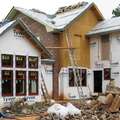

























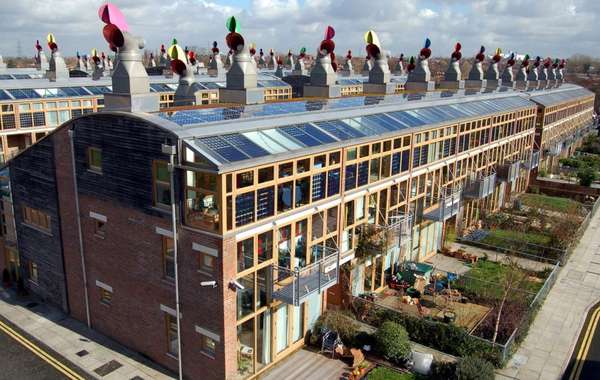
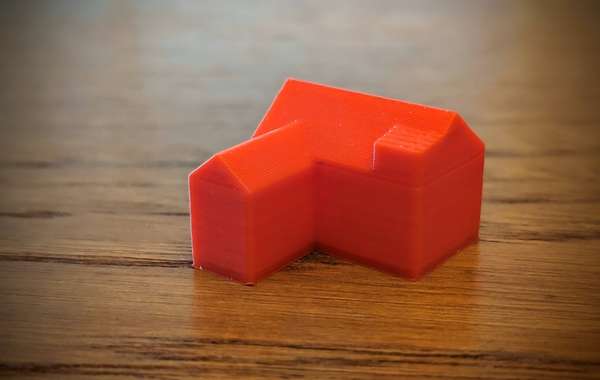
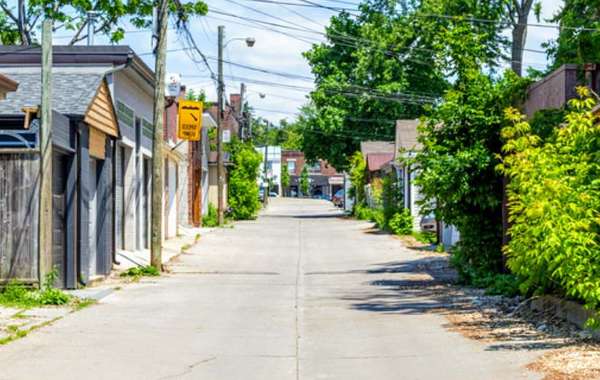

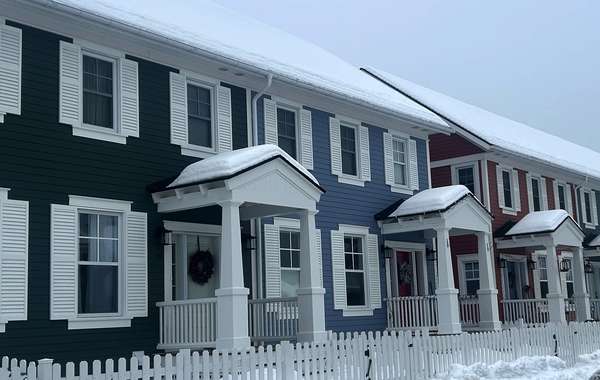
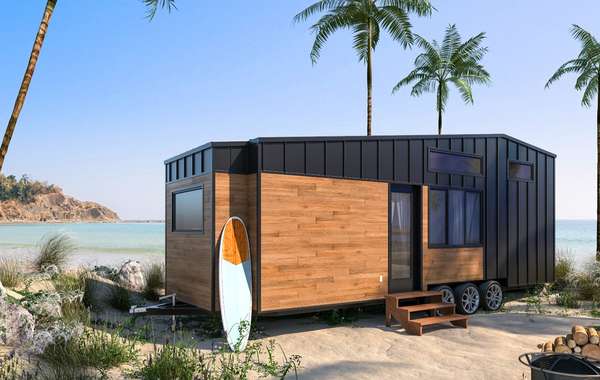
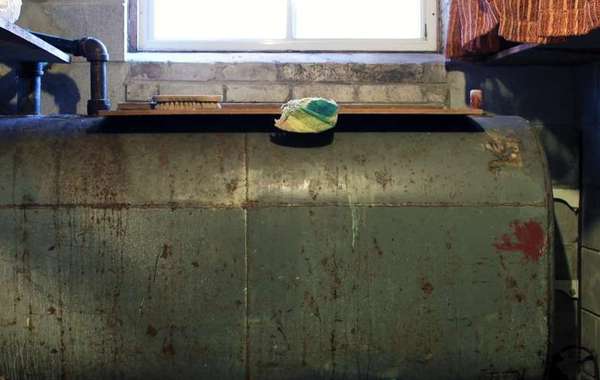
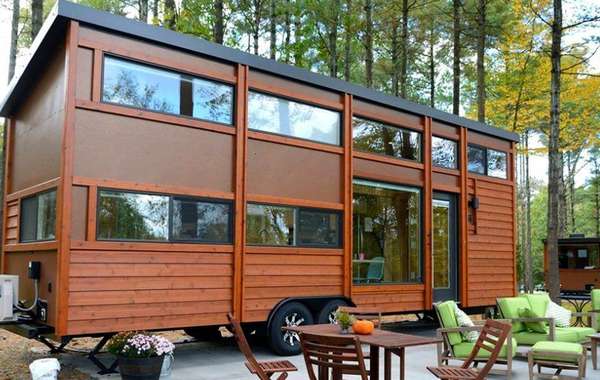
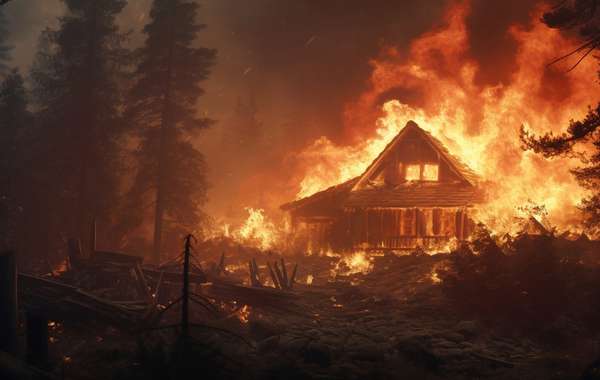
Comments (0)
Sign Up to Comment